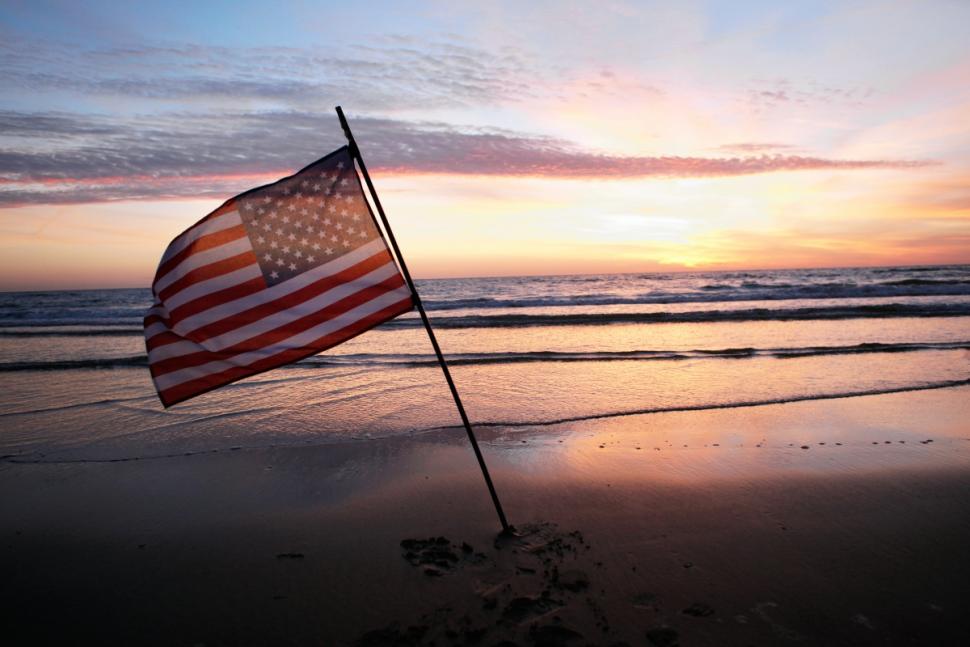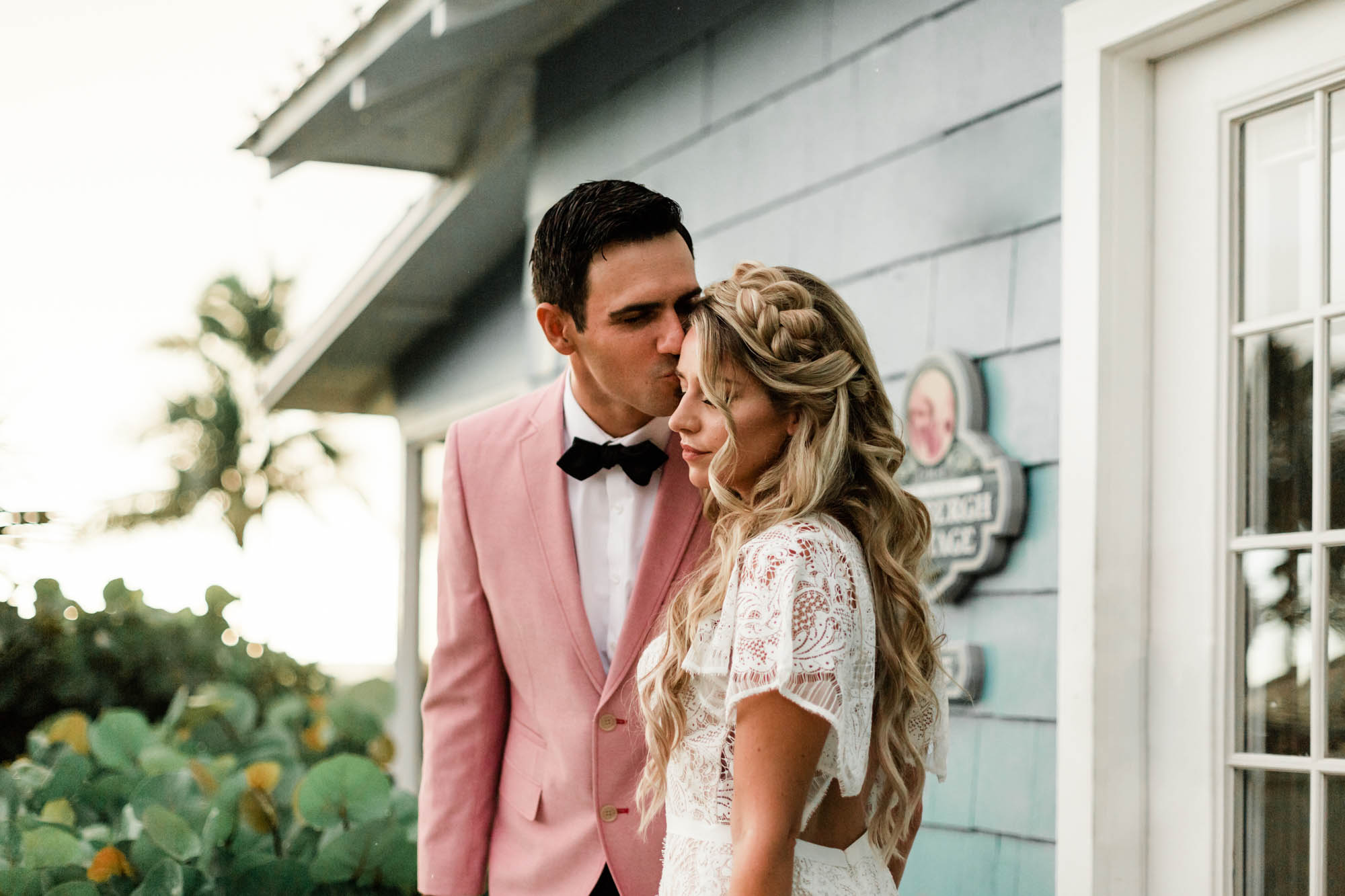Having now lived in Florida for seven years, one would think I knew a little more about the largest attraction to SWFL — the seashells — but in fact, I have kept myself fairly blissfully ignorant. I say, “blissfully ignorant” because I know that if I would ever learn the names of the shells, which shells were rare, which shells to look for and how to find the best ones, I could never simply walk down a Southwest Florida beach again without a bloodthirsty search for perfect hidden treasure.

I learned five of the easier shell names to remember and identify, including angel wings, kitten’s paw, shark’s eye moon shell (my favorite, not only for the name but the stunning swirl of colors), calico scallop and lighting whelk — only 245 more species to remember!
[su_pullquote align=”right”]Innsider Tip: If you’re the type the usually wins the a raffle or lottery, then be sure to keep your eyes peeled for the prized Junonia shell — it is not only fairly elusive, but also considered lucky if you should unearth one.[/su_pullquote]
With an abundance of shells, it should be easy work to find a small souvenir to fit in your suitcase, but if you’re seeking the full shelling experience, I also picked up a few tips on digging up the best of the best in crustaceous treasure:
- Make certain to have a container to keep your shells in as you search: As an inexperienced “sheller,” my pockets and hands did not have nearly the capacity necessary.
- Don’t forget a hat and sunscreen: Typically, you have to get up early in the morning around low tide, to snatch up the perfect shell before your competitors, but it’s still hot and still sunny.
- Pay attention to moon phases and tides: It’s amazing what a difference a full moon can make on the extremity of the tides!
But the best recommendation I can give to an inexperienced sheller is simply to stop and enjoy the experience. There is no better sound than the tinkling give and take of the shells being pulled into the ocean by the waves!




